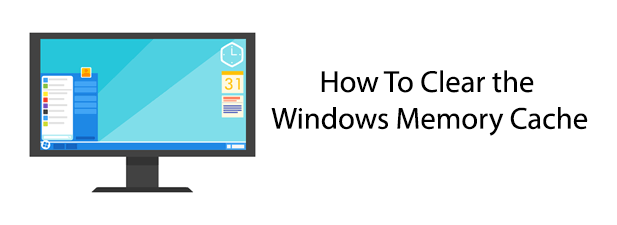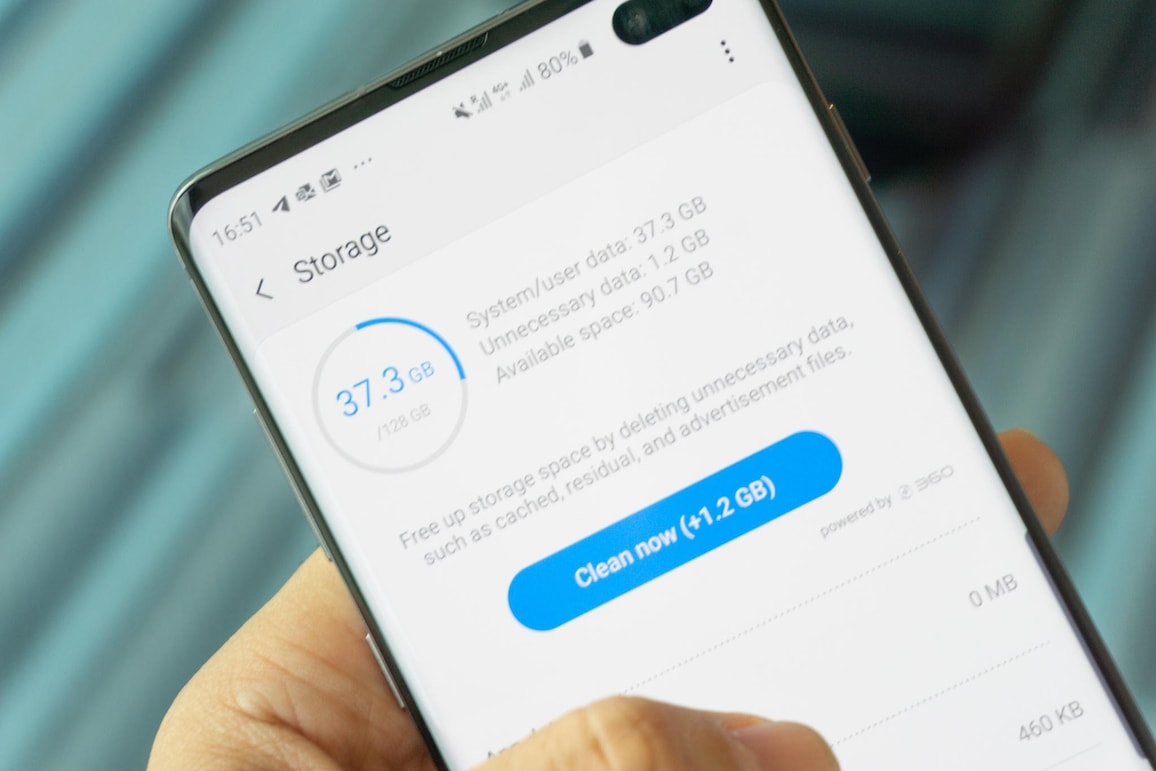- How To Clean System Memory Macbook Pro
- Memory Cleaner Windows
- How To Clean System Memory In Samsung J2
Template zooper widget google. Solid-state storage (SSD) is fantastically fast, but its high cost means that Macs with built-in SSD startup drives have a much lower capacity than their hard disk-based counterparts. This can be a problem if you have a large collection of photos or music files, or if you use your Mac to edit video. And so, if you have an SSD, you probably spend a lot of time checking the Storage tab in About this Mac. One thing you’ll have noticed is that colored bar labeled ‘System’. What is it and how do you clear it? Read on and find out.

What is System storage on Mac?
System storage, obviously, contains the macOS itself but what else is there? Part of this storage includes applications, drivers, volume data, and Library. While the nominal size of the macOS is around 12 GB (for macOS Big Sur), the Library is the real space-hogger. It contains piles of old cache files and supporting data.
Method 1: Using Elevated Cleanup You can use the elevated clean-up utility to delete system error memory dump files. If memory dump is in the process to be analyzed, normal clean-up utility will not help. If you want to clean system files then, you can click on the 'Clean up system files' otherwise, hit on the 'OK' button at the bottom of the window. Step 5: Once the above process is completed, you can click on 'Delete Files' if prompted. It will start deleting cache files from places including recycling bin, Thumbnails, and many other places.
Why does the system take so much space on Mac?
Your system is mainly stored in both the System and Library folders. If your system is taking up too much disk space on Mac, explore those two folders and see what's stored in them.
If you’re having a lot of your space allocated for “system,” you may have Time Machine snapshots stored on your Mac. Later in this article, we’re going to explain how to remove Time Machine backups.
How to reduce system storage on Mac
1. Check for unnecessary files in System storage
Much of the storage space used by the OS for system-related tasks is cleared when macOS deletes the files automatically, but sometimes that doesn’t happen, which is why the System category can grow very large. Apple doesn’t explain what comprises this category of storage, but it’s likely that the following are part of it:
- Time Machine backups
- Old iOS backups
- File Vault files
- App cache files
- Unused disk images

Not knowing what files are included in System storage makes finding them tricky. However, it’s far from impossible. My favorite tool for clearing unnecessary system junk from my Mac is CleanMyMac X. It has lots of tools for clearing out junk files, but for our purposes, there’s one that really helps: System Junk. This handy utility scans your Mac and identifies things like temporary files, translation files in apps, broken preferences files, old updates, and system cache files that are no longer needed. You can then remove them with one click. Or you can choose which ones you want to get rid of and remove just those. If you want to give it a go, you can download a free version of CleanMyMac X here.
Once you’ve downloaded and installed it, do this:
- Launch CleanMyMac X.
- Choose System Junk in the sidebar.
- Press Scan.
- Once it’s finished, if you’re happy to remove the files CleanMyMac recommends, press Clean.
- If not, choose Review Details and go through the list of results.
- Uncheck the box next to any items you don’t want to delete.
That will help you to get rid of system storage on Mac.
As you can see from the screenshot, the app offers to remove my Unused Disk Images (the remains of DMG installers), broken downloads, old app updates. If you use Photoshop or other media editor you’ll see the option to delete Document Versions — intermediate edits of your files. In other words, you have many options for freeing up space at your disposal.
2. Manually remove Time Machine backups
Aside from using CleanMyMac X, one of the most straightforward ways to clear system storage on a Mac, is to get rid of Time Machine backups. Wait, what? You thought Time Machine backups were stored on an external or network drive? They are! But macOS also keeps a copy of your backup on your startup drive, in case the external drive isn’t available when you need to restore files. That way you can restore data on a MacBook even when you’re on the move.

macOS should delete Time Machine backups when your Mac runs low on storage, but it doesn’t always work out that way. And besides, you might not want to wait until your Mac is short of space before you delete them. So, here’s how to reduce system storage on a Mac by deleting Time Machine backups. Remember that will delete local copies of your backups, so if you think you might need them, don’t do it.
- Go to Applications > Utilities and launch Terminal.
- When a Terminal window opens, type:
tmutil listlocalsnapshotdates - Press Return.
You will now see a list of stored Time Machine backups, listed by date.
- Type:
tmutil deletelocalsnapshots xxxxxxxwhere ‘xxxxxxx’ is the name of one of the backups listed . This will take the form of a date followed by a text string. - Press Return.
- Repeat steps 1 and 2 for as many backups as you want to remove, checking the Storage tab in About this Mac each time to see how much space you’ve cleared.
3. Optimize your storage
If you’ve faced a cluttered storage situation, there’s another way to fix it. Apple has anticipated such an issue and equipped the macOS with some features to optimize your space.
Go to the Apple menu and select About This Mac. Select the Storage tab and press Manage. In the window that appears, you can see some of the useful suggestions. 'Store in iCloud' lets you transfer all your data to cloud storage and reclaim some GBs on your Mac. The second option allows you to delete the heaviest files, like movies and programs.
Turning on 'Empty Bin Automatically' can be a useful option if you forget to do it regularly.
By pressing Review Files, you will jump into the Documents section. Review the files that are stored on your Mac and pay attention to the Unsupported Apps category. It can contain some programs that can no longer run on your macOS version.
Bonus tip: remove duplicate files
Aside from the bizarre system files, another thing that nibbles on your storage is duplicates. Remember that track you’ve accidentally added twice? Or a mail attachment you’ve opened several times? All these files just sit on your Mac and take up precious space.
Here’s how you can quickly delete them in a few clicks.
- Download and open Gemini 2
- Choose a folder and click Scan for Duplicates
- Wait for the scan to finish
Now you can Click Smart Cleanup to get rid of detected duplicates and delete system storage on Mac. Or click Review Results if you want to double-check what’s being deleted.
What else can you do to reduce System storage on Mac?
Believe it or not, one thing you can do is wait. When you first choose the Storage tab in About this Mac, macOS seems to allocate quite a lot to System that it then reallocates elsewhere. For example, some users have reported that after waiting for a few minutes, much of the storage that was labeled System, is moved to the iCloud label. So if you wait, you might find that the System isn’t taking up disk space in the huge quantities that it seemed to be at first.
The other thing you can do is investigate what files are designated as ‘System’. We’ve already talked about Time Machine backups, but everything stored in your Mac’s System or Library folders comes under the ‘System’ heading in About this Mac. That is:
/Library
/System
~/Library
~/System
Click on the Go menu in Finder and select Go to Folder, then paste in each of the paths above in turn.

How To Clean System Memory Macbook Pro
Go through the subfolders in each and press Cmd-I to Get Info and check how much data is in each. You’ll quickly discover where your precious storage has gone.
It’s likely that much of it is accounted for by cache files for apps like Photos and Safari. Millennium 2000 gmbh hegener & weiner. MacOS caches as much data as it can to avoid having to re-download it, which boosts performance. And it’s smart enough to know that it must delete cache files when you run low on storage.
If you decide that you don’t want to leave it up to the operating system to free up storage, don’t just start trashing cache files or folders randomly, you might delete something you shouldn’t. So be careful
Another way to go about it, is to use a storage analyzer. There are nice apps that search for hidden space on Mac and reveal your largest folders. You can use a free version of CleanMyMac X and inside it, it has a feature called 'Space Lens.'
Those bubbles show your largest folders and you can zoom in and out and delete junk files right from there.
Memory Cleaner Windows
A fun and visual way to delete system storage on Mac.
How To Clean System Memory In Samsung J2
System storage can occupy tens of gigabytes of space on your Mac for Time Machine backups and cache files. It should be managed by macOS so you’re never short of space. Magicsoft playout & cg 5 full serial crack. But if you want to do a system storage cleanup, or just free up more space on your Mac, give CleanMyMac X a go. You might be surprised by how much space you get back.
